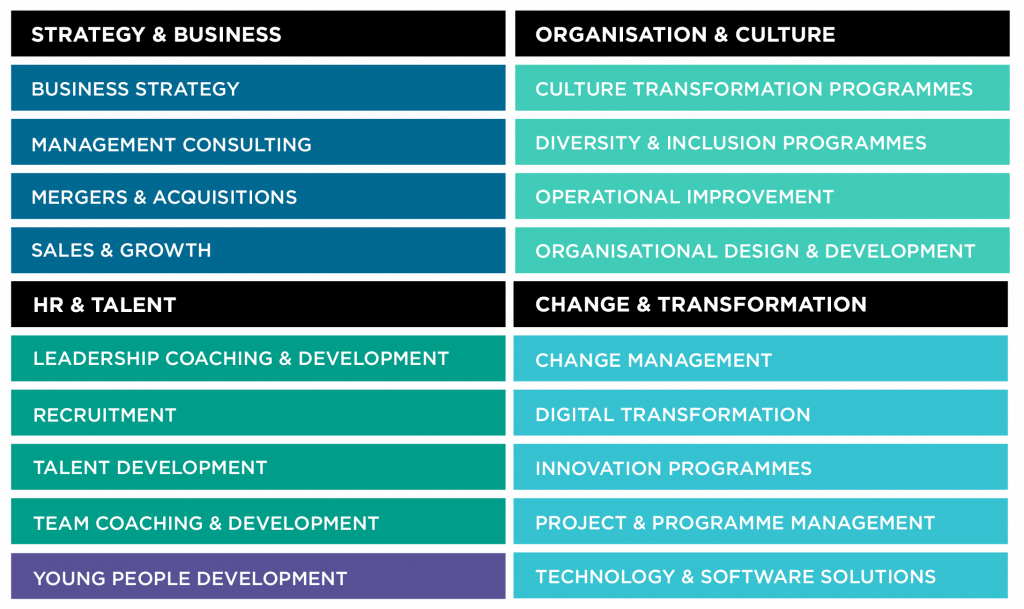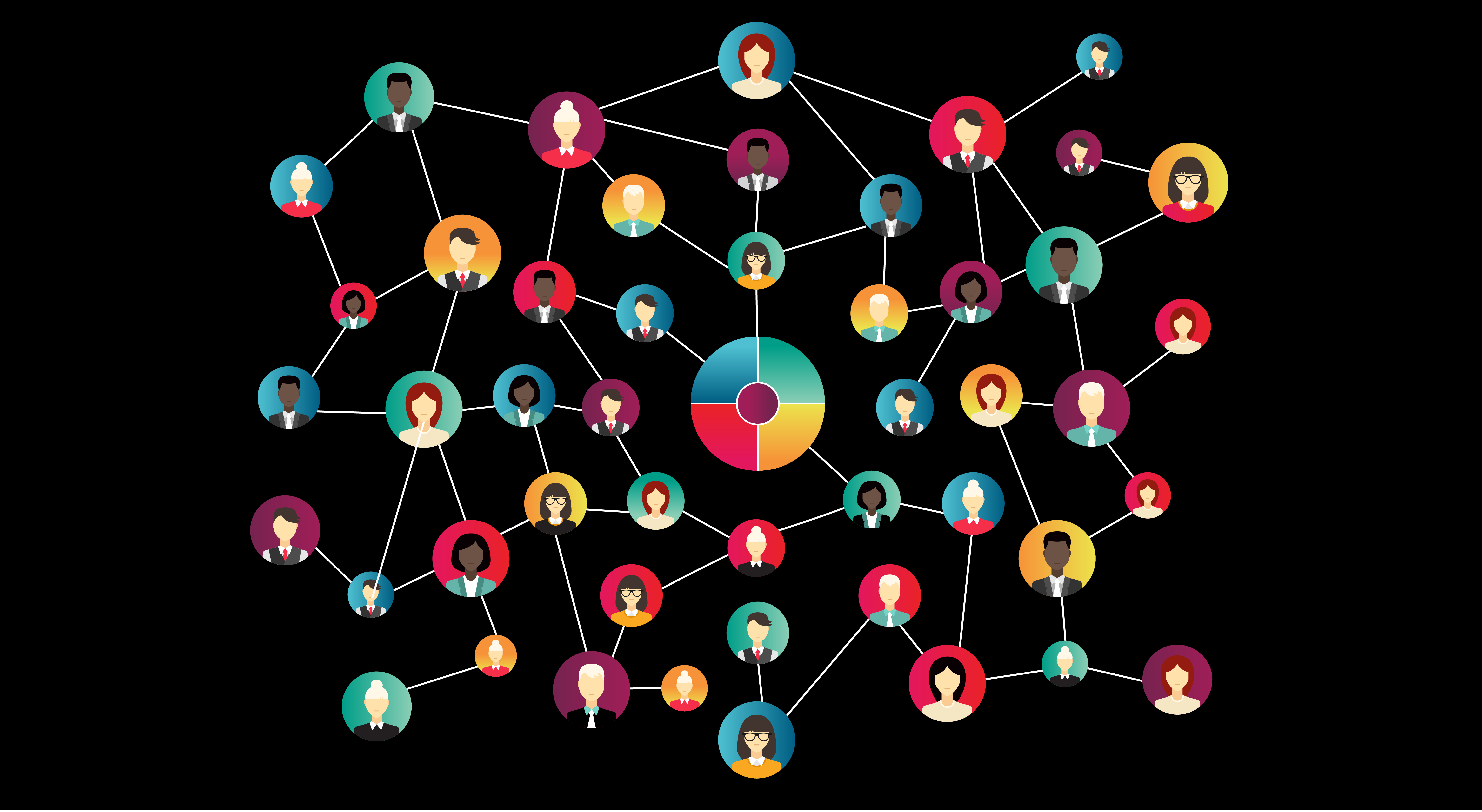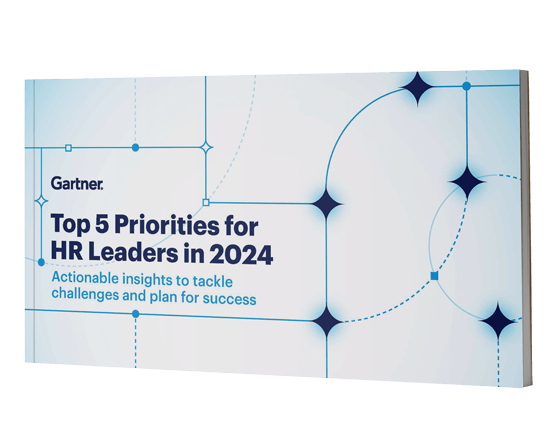What is an Organimetric and why is it important?
“An Organimetric (organisation metric) is a measurement framework and language that identifies individual and collective impact and how people contribute to the achievement of organisational goals.”
Why is it important?
For over 60 years, organisations have become increasingly complex as the world of work has moved through a number of cycles such as industrialisation, globalisation and currently digitalisation.
Through all of these iterations there has always remained a common quest: to ensure that the organisation aligns its goals and objectives to those of its largest asset, namely its people, and implemented in a way that motivates and excites them to thrive and deliver.
As a consequence, to try and help organisations move forward as a collective unit, they have been seduced over the years by a myriad of processes, technologies and languages to help them achieve this alignment. The list is endless; How many project management methodologies, business strategy models, sales excellence tools, psychometric tests, leadership frameworks, cultural assessments, innovation frameworks, technology solutions are available to organisations today? ALL of them purporting to have the right answer.
Whilst all of these different processes, technologies and languages are often well thought out, scientifically proven and drive tangible outcomes, they often only do so in isolation or for a limited period of time. These multiple business languages and frameworks for Recruitment, Business Strategy, Change Management, Sales and Growth, Organisational Change, Operational Improvement, Culture Transformation, Diversity and Inclusion…etc. often fail to communicate with each other in a meaningful way. They do not connect in a way that enables everyone within an organisation to be aligned and valued for the collective impact required to achieve a common objective. This is why an Organimetric is important.
While many approaches come and go, many are ‘tried and tested’ and many are of evident value, the challenge we face in aligning people and disparate business practices, often framed as ‘Leadership’, continues to tax us. This is evident from the swathes of performance and productivity data that has been produced over the years, below is just the tip of the research iceberg on the topic:
- Teams with high employee engagement rates are 21% more productive than those with low engagement.
- (Productivity improves by 20-25% in organisations with connected employees. (Source: The McKinsey Global Institute).
- 57% of employees who said they were very stressed at work felt less productive and disengaged, while only 10% of low-stress employees reported feeling this way. (Source: Willis Towers Watson)
- 86% of corporate executives, employees and educators say that ineffective communications is a big reason for failures in the workplace.
- 58% of employees say poor management is the biggest thing getting in the way of productivity. (Source: Society for Human Resource Management)
However, cutting through all of this extensive research, the analogy of the ‘rowing eight’ provides us with a simple illustration of the fact that having the fittest individuals in the most technologically advanced boat is often not enough to win the race. In this example, the importance of alignment i.e. people all pulling together towards a common goal – is very obvious.
This is the purpose of an Organimetric. It helps us to align and harness practices and people in a way that drives productivity.
If we ‘unpack’ this notion of alignment, the individual ingredients are very clear to all of us who have experienced the world of work:
- The alignment of an individual’s skills and motivations to a role and a team
- The alignment of expectations between a manager and their reports: what do we want to achieve and how will we know when we have achieved it?
- The alignment of teams and divisions to corporate goals
- The alignment of rewards to performance
The challenge, of course, is that in a constantly changing world, alignment becomes a continuous programme of re-alignment which to be effective needs an organisational-wide language that embodies alignment as part of everyday business decision making.
Each Organimetric will have its own classification of alignment and how the different business languages and frameworks cluster within an organisation. Below is how The GC Index® – a digital Organimetric – categorises at a high level the key elements of an organisation and in turn how it allows the organisation to connect all of its individuals and teams across these disparate areas with one common language of impact and contribution.

Fig 1: The GC Index® Organimetric Classification Matrix
For example:
Imagine the scenario where you have a business strategy that requires the organisation to make a transformational change. This often results in a large change management programme where the organisation has to recruit new (and possibly different types of) people to drive a more transformational culture:
- How do you align everyone to maximise their impact across those disparate and disjointed processes?
- Do you have a framework and language of impact that aligns the business strategy, with the change management programme schedule and in turn connecting the recruitment process underpinned by organisational values to maximise the required impact?
- How do you create a common language and framework of impact to realise the business objectives?
- How do you manage the tensions that arise between business units during the change process?
- How do you ensure that all parties feel valued for the impact they are making?
Jem Davies GM at ARM Holdings says “We always thought that it didn’t matter who bought Arm as our culture is so strong that it would be difficult to change. As they say, “Culture eats strategy for breakfast.” But there are three things all engineers want to do:
- Work with the best people in the world
- Work on the cool stuff
- Point at stuff in the shops and say, “I did that”
The GC Index® was able to give us a language and framework directly contributing to our strategy change and transformational possibilities.” (Source: GreenBiz)
This is where an Organimetric can introduce a common language of impact and contribution across the organisation to drive alignment and results in:
- People who enjoy their roles and become more productive
- More effective teams that leverage the impact of each person
- Organisational cohesion through enhanced collaboration
- Employees feeling valued for their own personal impact
- Increased diversity by decreasing “unconscious bias”
- Greater awareness of how each person has an impact
Bjoern Menden, Managing Partner at Detecon Consulting the Global Technology and Business Consultancy says. “One of Detecon’s partners within the Digital Transformation Ecosystem is The GC Index®, a digital organimetric, that measures and describes five proclivities i.e. five different ways in which people are inclined to make an impact and contribution. It offers a language and a framework for people which is uncomplicated, effective and results-oriented. It is scalable, conscientious and adaptable. Yet it provides a predominantly level playing field in which everyone can contribute and have positive impact.” (Source: Detecon)
The GC Index® is an example of a digital Organimetric that provides insight into how everyone can make a game-changing contribution and enables alignment within the organisation to optimise the collective outcome and increased productivity.
By Nathan Ott, CEO & Chief Polisher at The GC Index.



